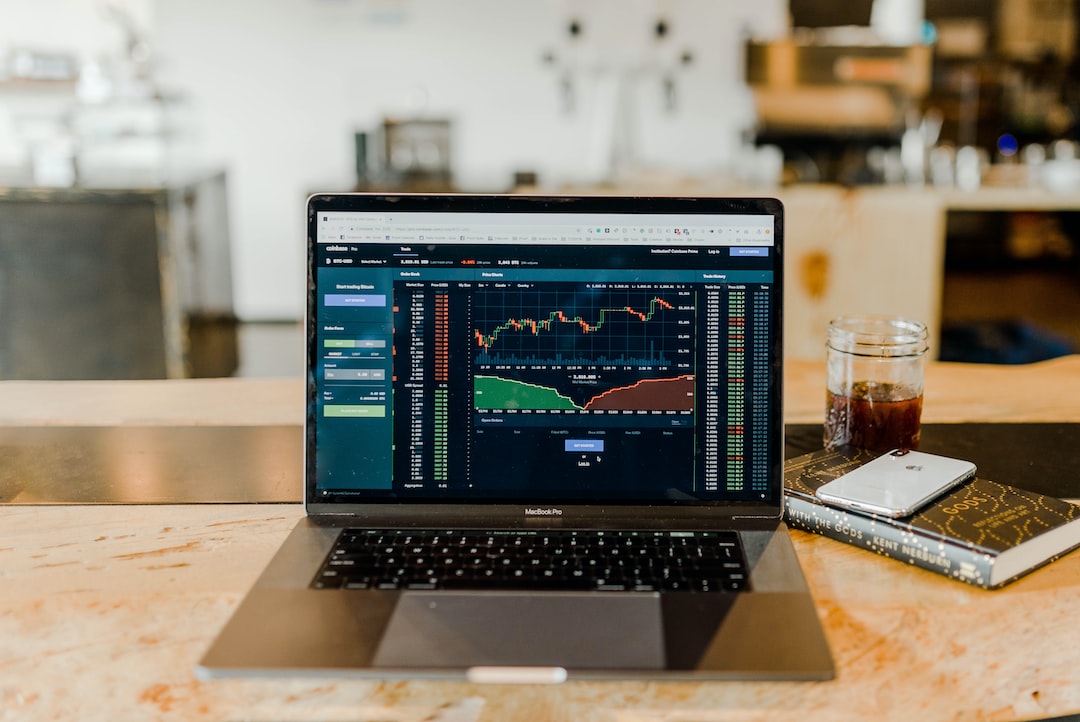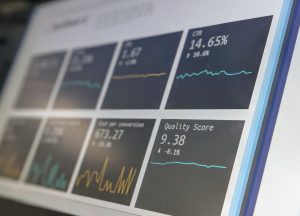The forex market is the largest financial market in the world with a daily trading volume of over $5 trillion. One of the reasons for its popularity is the availability of leverage, which allows traders to magnify their profits by trading with borrowed capital. Leverage can be a powerful tool for traders, but it also carries significant risks. In this article, we will explain how leverage works in the forex market and its advantages and disadvantages.
What is leverage?
Leverage is a financial tool that allows traders to control a large position with a small amount of capital. In forex trading, leverage is expressed as a ratio, such as 50:1, 100:1, or 500:1. This ratio indicates the amount of capital that a trader can borrow from a broker to open a position in the forex market. For example, if a trader has a 100:1 leverage ratio, they can control a position of $100,000 with a deposit of only $1,000.
Advantages of leverage
The primary advantage of leverage is that it allows traders to take larger positions and potentially make larger profits. For example, if a trader has $1,000 and wants to buy euros, they can only buy a limited amount with that capital. However, with leverage, they can control a larger position, which means that even small currency movements can result in significant profits.
Another advantage of leverage is that it reduces the amount of capital required to start trading. Forex trading can be expensive, and many traders may not have the necessary capital to start trading. With leverage, traders can open a position with a small deposit and still have the potential to make significant profits.
Disadvantages of leverage
While leverage can be an excellent tool for traders, it also carries significant risks. One of the most significant risks is the potential for large losses. When a trader uses leverage, they are essentially borrowing money from their broker to open a position. If the trade goes against them, they may lose more than their initial deposit, which can lead to significant financial losses.
Another disadvantage of leverage is that it can lead to overtrading. When traders have access to large amounts of capital, they may be tempted to open multiple positions simultaneously, which can increase their exposure to risk. Overtrading can also lead to emotional trading, which can result in poor decision-making and significant losses.
Managing leverage
To manage the risks associated with leverage, traders should have a solid understanding of risk management techniques such as stop-loss orders, position sizing, and risk-reward ratios. Stop-loss orders are used to limit potential losses by automatically closing a position when the market reaches a certain price level. Position sizing is used to determine the appropriate amount of capital to risk on each trade, while risk-reward ratios are used to determine the potential profitability of a trade.
Traders should also carefully consider their leverage ratio and only use leverage that they can afford to lose. A lower leverage ratio can help to reduce the potential for large losses, while a higher leverage ratio can increase the potential for profits.
Conclusion
Leverage is a powerful tool that can magnify profits in the forex market. However, it also carries significant risks, and traders should carefully manage their exposure to risk when using leverage. By using risk management techniques and only using leverage that they can afford to lose, traders can potentially make significant profits while minimizing the potential for losses.






